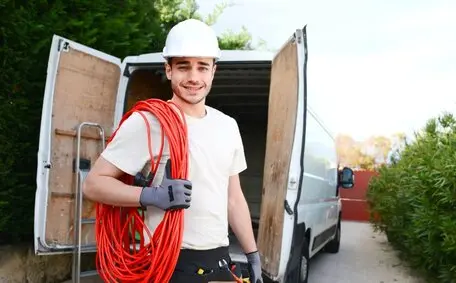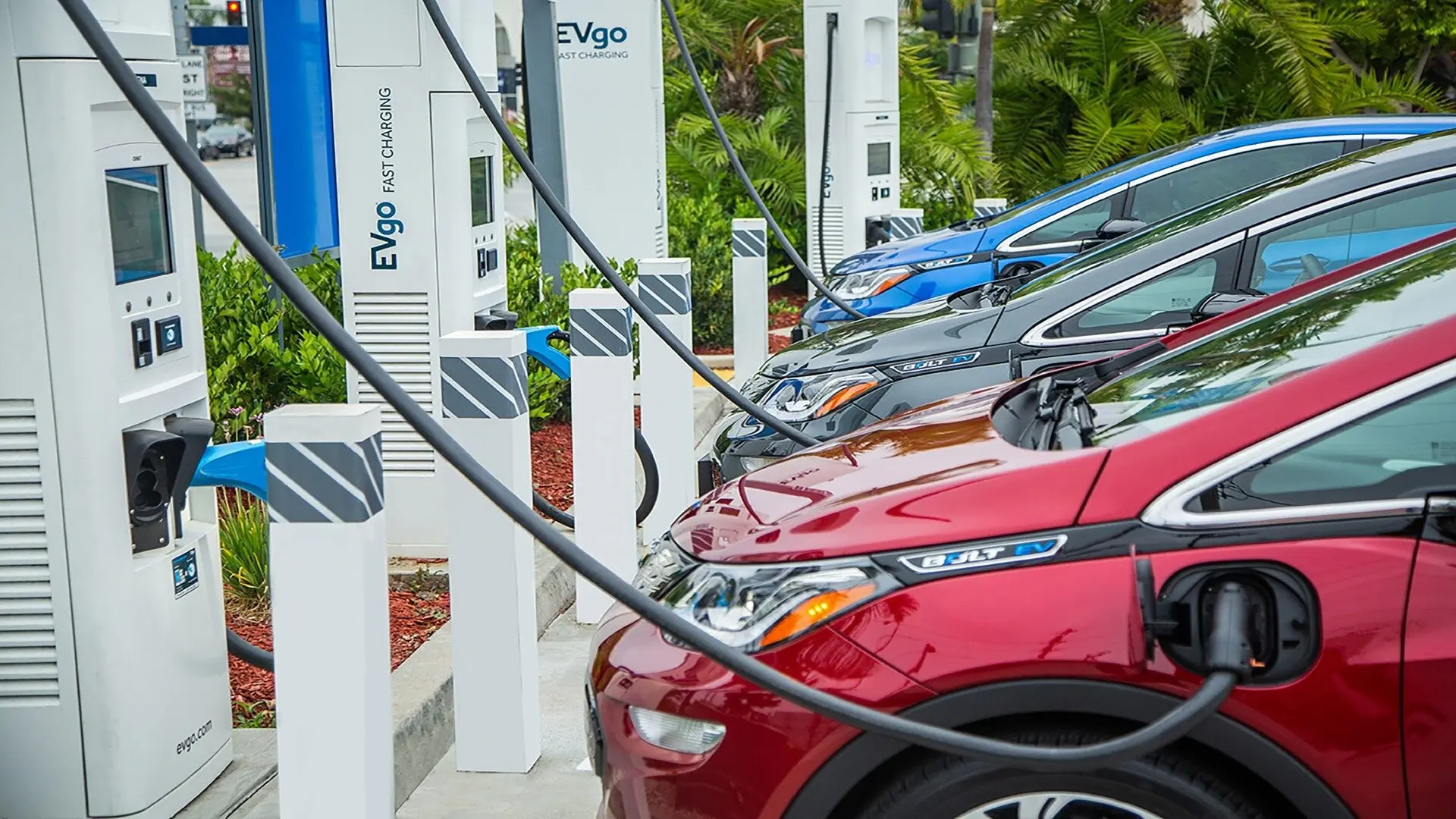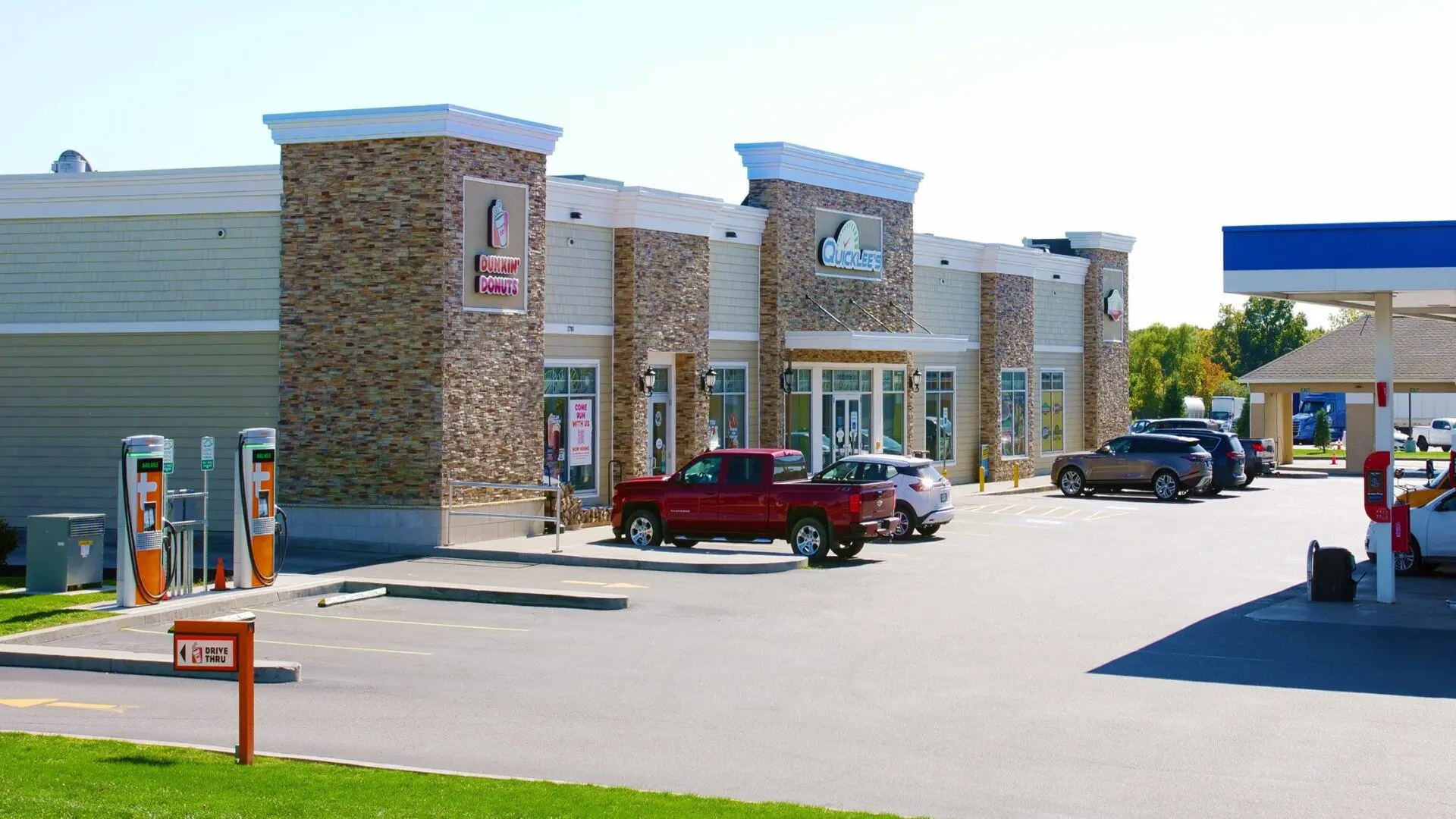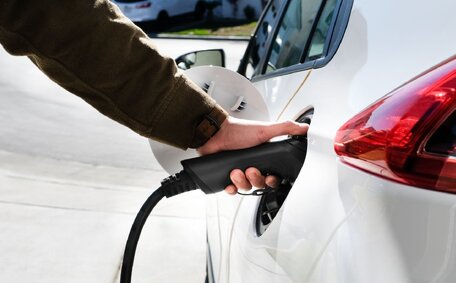Electric vehicles (EVs) are growing in popularity, with more than 83,000 now on Australian roads. As EV adoption rises, so does the need for conveniently located public charging stations.
Adding EV chargers to your business or commercial property is a savvy move. You’ll attract eco-conscious customers, meet the needs of EV-driving employees, and establish your company as forward-thinking.
But where do you begin if you want to install EV charging stations? Selecting the right equipment, navigating permits and regulations, and understanding costs and incentives can seem daunting if you need help knowing where to start.
Fortunately, setting up and running EV chargers is easier than you might think with some careful planning. This handy guide will lead you step-by-step, covering everything from selecting the right charging equipment to getting the word out about your new EV facilities.
Just stick to this start-to-finish guide, and you’ll have EV charging at your commercial property in no time. As more folks switch to electric vehicles, installing chargers is a fantastic way to cater to them, stand out as a business, and future-proof your brand.
Choosing Your Charging Equipment
When selecting EV charging equipment for your commercial property, you must decide between Level 1, Level 2, and DC fast charging stations.
Level 1 provides 2-5 miles of range per hour and requires a standard 120V outlet.
This is the slowest but cheapest option. Level 2 offers 10-20 miles of range per hour and requires 208/240V wiring.
![2024 01 Ev Parking Ev Parking]()
This mid-range option can fully charge an EV in 4-8 hours. DC fast charging equipment delivers 50-100 miles of range in just 20-30 minutes using 480V power. However, DC fast chargers are quite expensive.
Also, determine if you need network stations connected to the cloud and offer usage tracking or basic non-networked units. Research leading equipment brands and models based on factors like reliability, durability, smart features, and warranty. Consult with experienced electrical contractors to pick the right EV charging solutions based on your budget, needs and electrical system capacity.
Installation Process and Requirements
Installing EV charging stations requires careful planning, qualified electricians, and meeting permitting and electrical requirements. Start by researching the installation costs and process for your area.
Many regions have streamlined permitting for EV chargers, but understanding the local regulations is essential. Hire a licensed and experienced electrical contractor to handle the installation.
![2024 01 Electric Charging Station Electric Charging Station]()
These pros will assess your electrical system to see if it can handle EV chargers or if an upgrade is in order. Hooking up new wiring from your switchboard and adding a new meter could add to your bill, so it’s something to plan for.
The electrician will pull permits, run wiring to the charging location, install the equipment, get inspections, and handle utility notifications. Ideal EV charger placement includes visible, convenient parking spots close to electrical service, with good lighting and security.
ADA compliance must also be considered. Understand the requirements upfront to ensure a smooth installation process.
Ongoing Management
![2024 01 Level 3 Ev Charger Level Ev Charger]()
Once your EV charging stations are installed, you must establish an ongoing management plan. Determine how access and payment will be controlled. Many stations require an RFID card or mobile app to activate charging.
You can set hourly rates and pricing structures to recover equipment and operating costs. Networked stations allow you to view usage data and track issues remotely. Provide contact information on the equipment for driver assistance and support. Establish a schedule for periodic maintenance and cleaning of the stations. Check that the stations are operational daily and address any malfunctions immediately.
Keep the parking area well-lit and the pavement clearly painted. Any fees collected will need to be processed according to your payment setup. Effective ongoing management ensures your EV chargers provide optimal convenience, maximum uptime, and a positive experience for drivers.
Incentives and Cost Offsets
Installing EV charging stations represents a significant upfront investment, but financial incentives are available to reduce the costs. The federal EV tax credit can cover 30% of equipment and installation costs for commercial locations. Many utilities offer rebates and discounted electrical rates for EV charging installations. Your state or city may also have additional incentives, grants, or abatements for EV infrastructure projects.
Local governments are keen on adding more public charging points and often make it more appealing for businesses. Once you’re up and running, the fees from EV drivers can help cover your costs.
Adjust pricing accordingly to recoup your initial investment over several years. Leverage available databases to find incentives and apply well before installing equipment. Tax credits, rebates, and usage revenue streams can all help improve ROI for your EV charging station project.
Promoting Your EV Charging Stations
![2024 01 Avon Travel Center With Chargers Avon Travel Center Chargers]()
When your EV charging stations are ready to go, you’ll want to let drivers know. Kick things off by listing your business and stations on EV charging maps and apps like PlugShare, ChargeHub, and Google Maps.
This gets your chargers visible in key directories EV drivers rely on. Install clear on-site signage and directions to make finding your charging locations quick and easy for customers.
Share your new charging perks on your website and social media to get the word out. Connect with local EV groups and your chamber of commerce to spread the news even further.
Issue a press release to local media outlets announcing the new EV infrastructure. When customers charge with you, provide instructions for accessing the stations and payment. Promoting your new charging capability keeps your business at the top of your mind with your region’s growing group of EV drivers.
Electrify Your Business
Setting up EV charging stations is a top-notch way for businesses to cater to EV drivers and show their eco-friendly side. By sticking to this guide, you’ll be able to easily plan, install, manage, and promote EV chargers at your premises. Although the initial investment might be significant, the returns over time make it worthwhile.
Partnering with a knowledgeable electrical contractor is key - be sure to contact the EV charging experts at Bright Force Electrical. Their team of qualified electricians can consult on selecting the best equipment, handle the entire installation process, and provide ongoing service and support. Investing in EV charging with Bright Force Electrical ensures your project goes smoothly from start to finish.
As more drivers go electric, public charging availability will only grow in importance. Contact Bright Force Electrical today to get a quote and electrify your business. Adding EV chargers establishes your company as forward-thinking, eco-conscious, and ready to meet the future needs of customers and employees. Be at the forefront of this transition and enjoy the many benefits.












